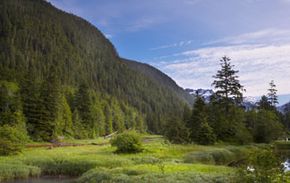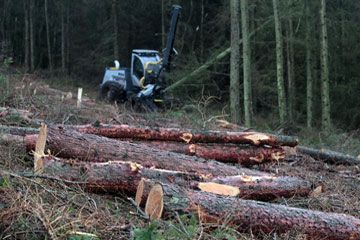No one would blame you if you're sick of hearing about carbon. Every day it seems there are news stories about rising carbon levels, carbon emissions, and even the search for new carbon-based life forms. It's enough to leave anyone wondering just what the heck carbon is and where the Earth is keeping all of it.
Carbon is a chemical element, and a pretty common one. It's the sixth most common element in the universe and the 15th most common one in the Earth's crust. Unlike a lot of other chemical elements, you can actually see some forms of carbon. Diamonds are one form of carbon, as is the graphite in the pencil you used in chemistry class when learning this stuff the first time around.
Advertisement
However, the Earth isn't storing most of its carbon in diamonds and pencils. Rather, amorphous carbon is a third form of carbon, and it's a lot harder to see since it doesn't have a crystalline structure. Where are these carbon atoms? The answer lies in the carbon cycle steps.

